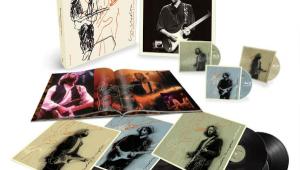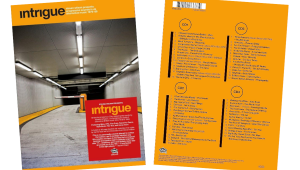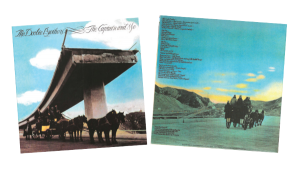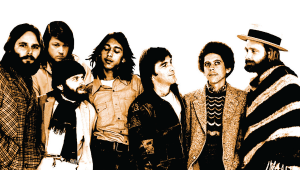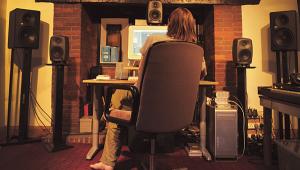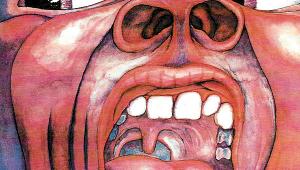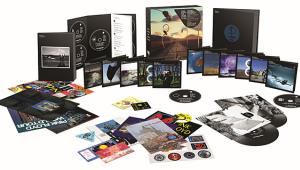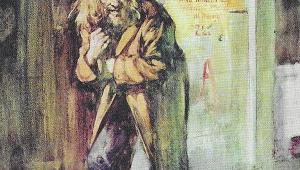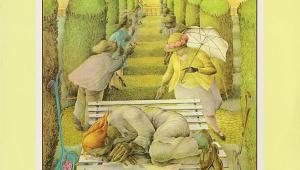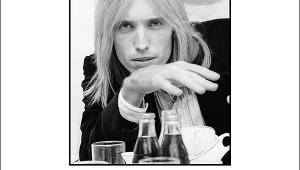The S+V Interview: Talking Tech and More with Singer Julie Feeney Page 3
“Loads of music” is a great way to describe the next radio series Feeney did, High Fidelity: A Century of Recorded Song, for RTÉ Lyric FM.
“I was approached by Helen Shaw, a producer who used to be the head of Radio 1; she now has her own independent production company called Athena Media. It was her idea for High Fidelity. Helen knew my background in music and music technologies, so she asked if I would present the program with Jack L.”
That would be Irish singer/songwriter Jack Lukeman, and their opening remarks for the first show of the 26-part series included the following:
“High Fidelity is a series of everlasting songs and unforgettable singers . . . captured by technology from phonographs and gramophones to vinyl LPs and tape to today’s CDs and MP3s. We are going to map a century of recorded songs and singers from Enrico Caruso, Frank Sinatra, and Maria Callas to Bob Dylan, Luciano Pavarotti, and Madonna. Songs which have moved us, singers who’ve inspired us, beginning with this” — at which point, they cut to Caruso singing “E Lucevan Le Stelle” in Milan, 1902, “from Puccini’s brand-new opera, Tosca.” It was Caruso’s very first recording for the phonograph. Many years later, by way of landmarks as far-flung as Nat King Cole’s “Mona Lisa” and Queen’s “Bohemian Rhapsody,” the series culminated with selections from Björk, Radiohead, and Arcade Fire, leading right up to Lady Gaga’s “Poker Face.” All 26 playlists are at rte.ie/lyricfm/highfidelity, where you can listen to every episode, too.
“Helen wanted Jack and me to present the show,” Feeney says, “but she also wanted our input. Obviously, she didn’t just ask two recognized broadcasters or presenters; she wanted two active musicians in the middle of a career in music. I knew Jack because he had invited me to perform as a soloist at one of his shows. We had a mutual respect for one another. So it was really lovely to work together on this. I’ve learned from Jack; Jack has learned from me; Helen has learned from both of us.”
Considering that High Fidelity encompassed “the technologies and the inventions that have shaped the music industry,” I ask Feeney if she’d like to hear her own music mixed in surround sound.
“I would definitely be interested in that, but the only thing is: How much detail do you get into? Because, say, for example, with an orchestration, you may have a particular line that goes from Viola to Violin 1, which in surround would make the line itself move around. Also, if you’re sitting near a speaker that has only a French horn, you might just be hearing it go beeeeee, beeeeee.”
Then there’s the situation of recording vs. mixing.
“Ger McDonnell is an excellent engineer, really experienced. When we were recording Pages, I would say to him, ‘Those instruments need to be — that line needs to be . . . ,’ and he would say, ‘Don’t worry about that; we’ll come to that in the mixing. That’s a mixing issue.’ And I’d say, ‘But I want it recorded like that. I don’t want it to be created after the fact; I want it to be played that way.’ There’s an interesting crossover between the use of dynamics in an orchestra and, later, how you mix that. So adding surround sound would add another crossover point; it’s a whole other layer of ‘Where do we place things?’ ”

